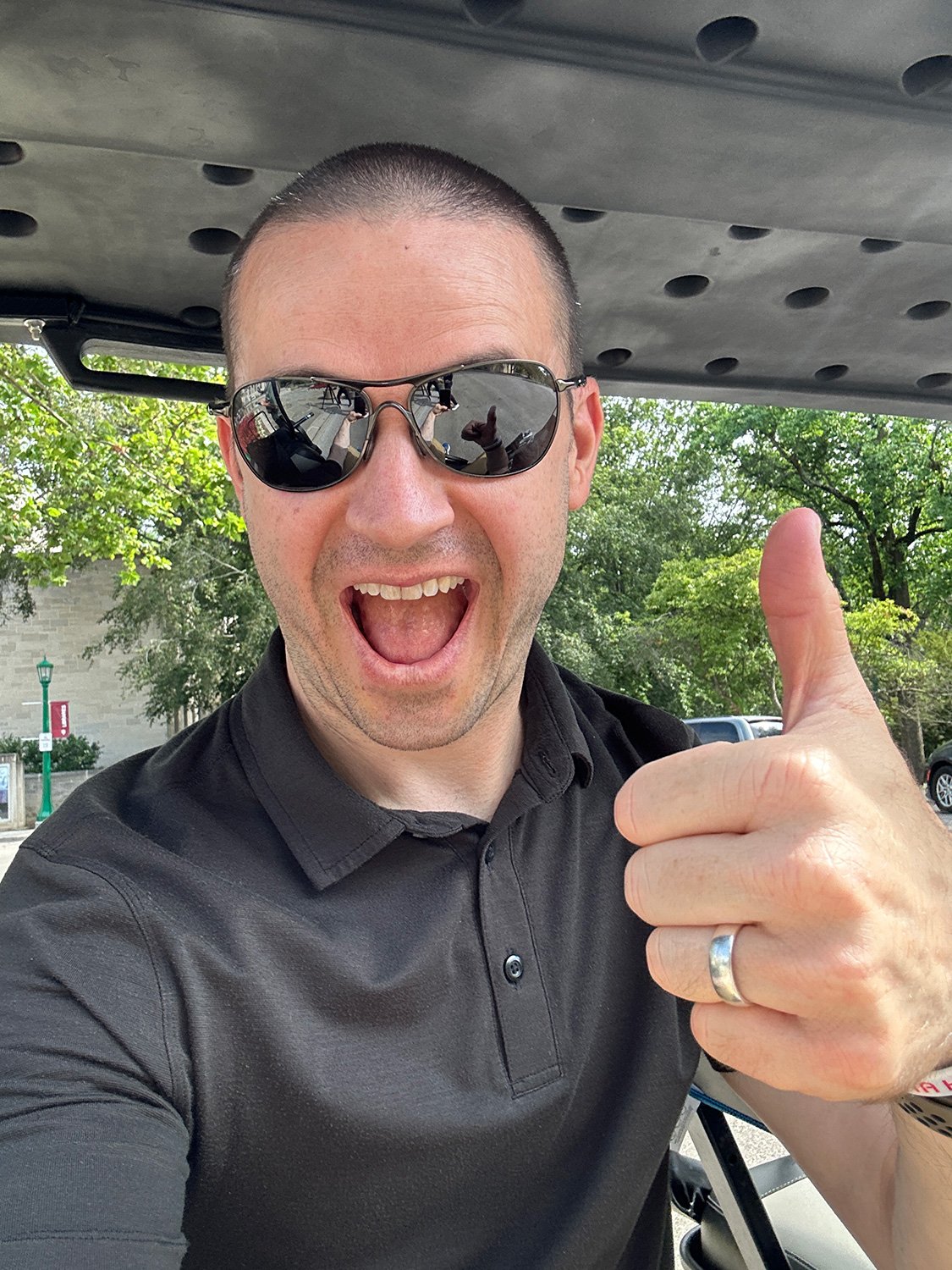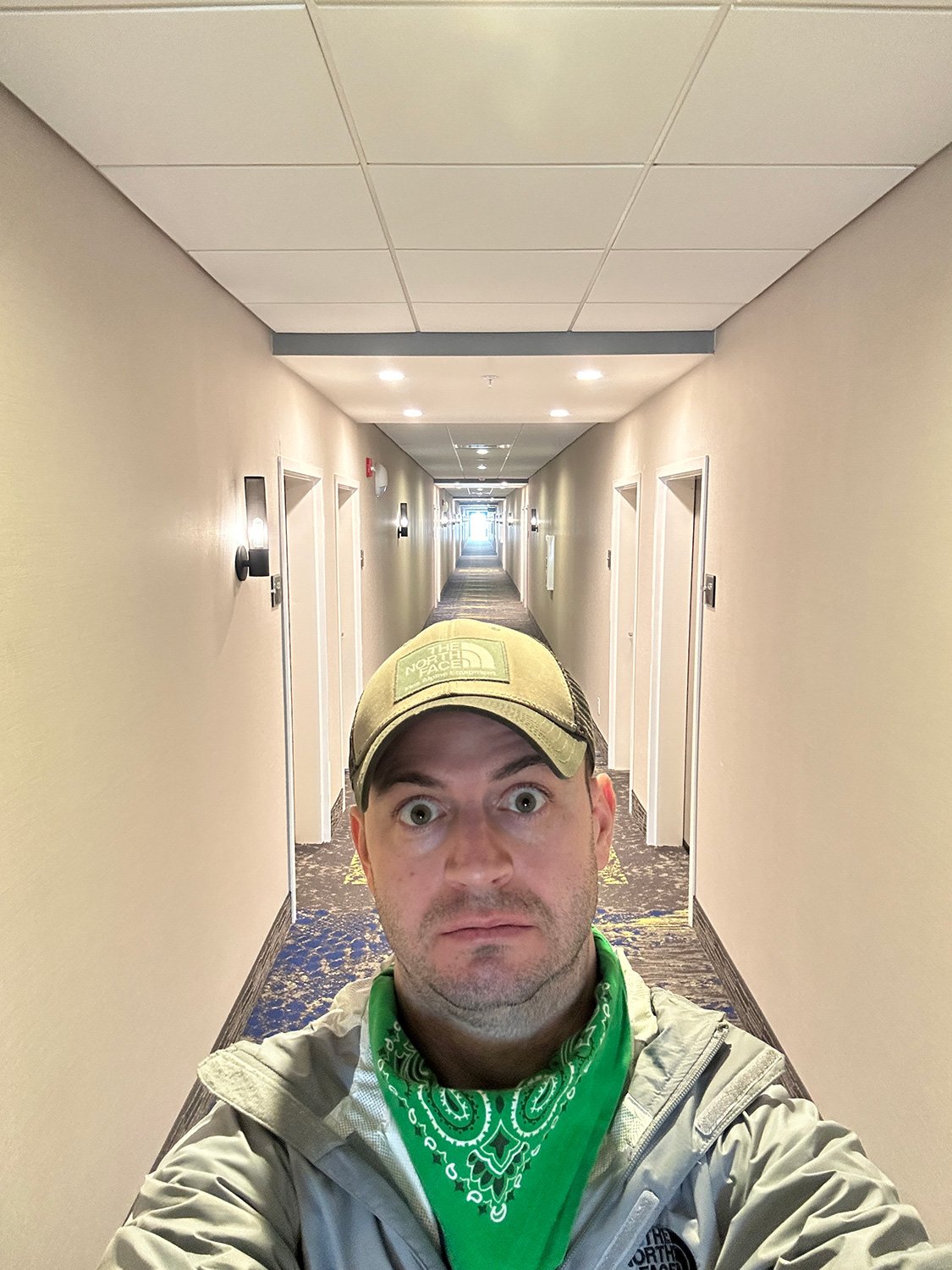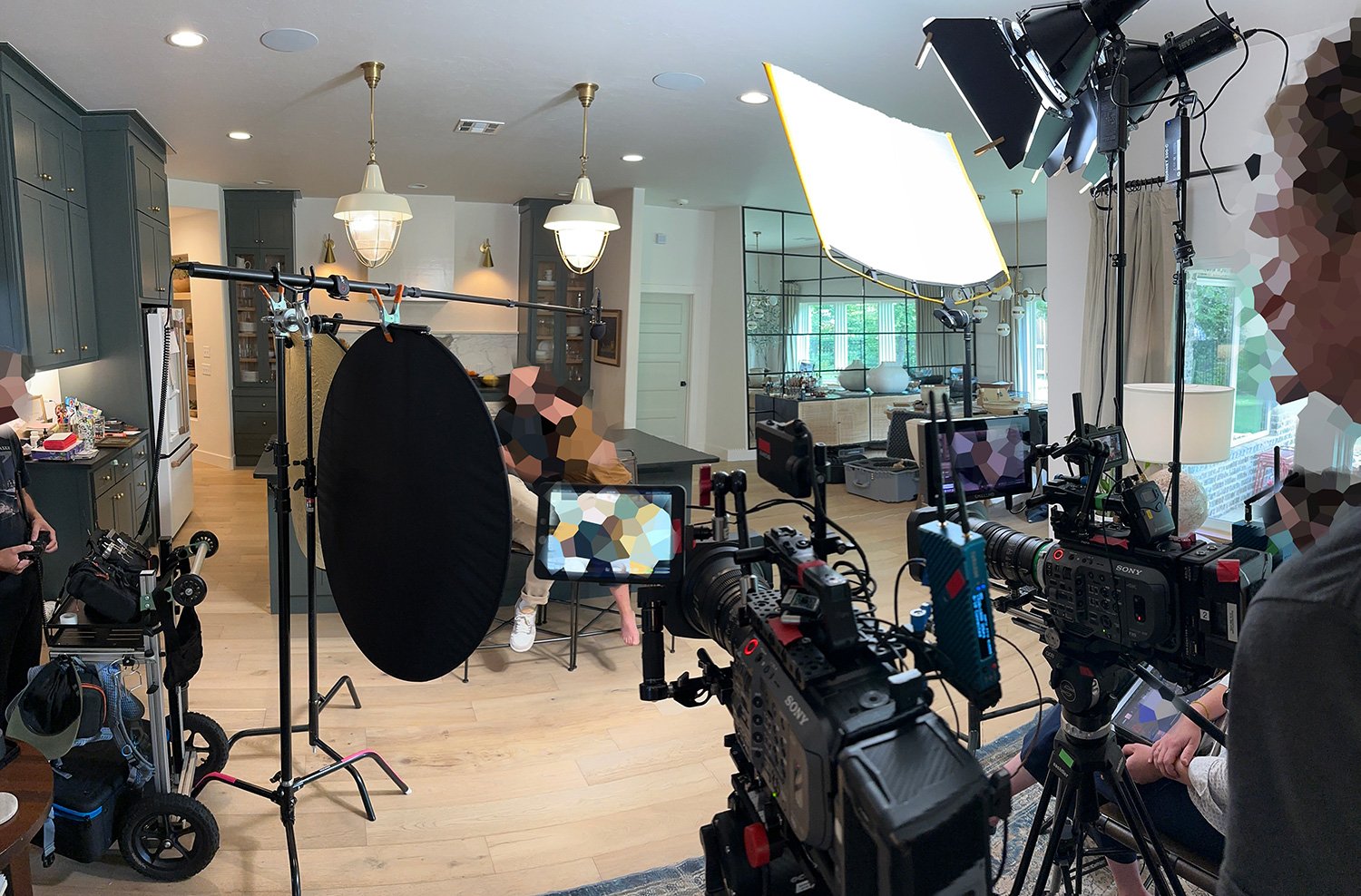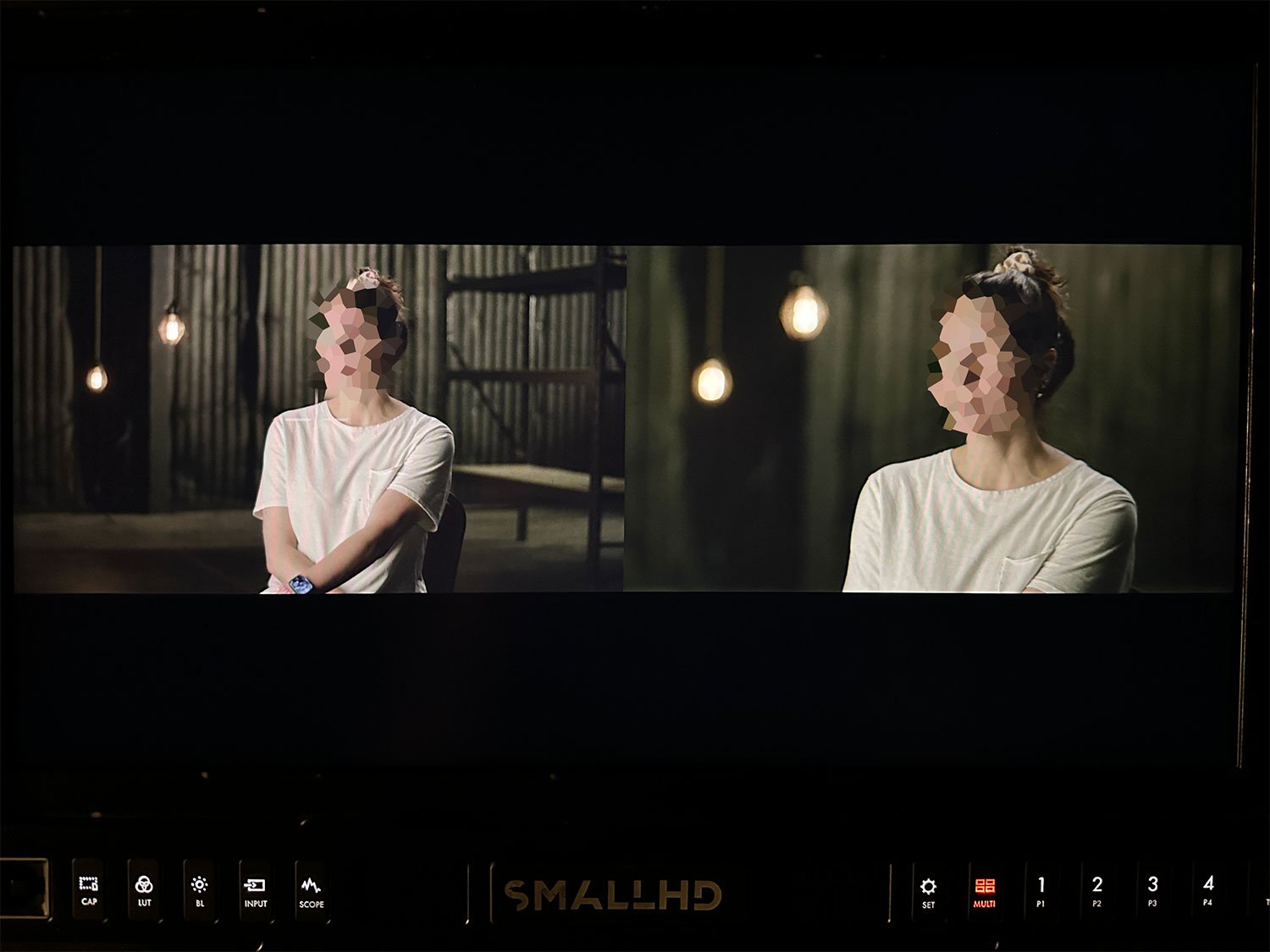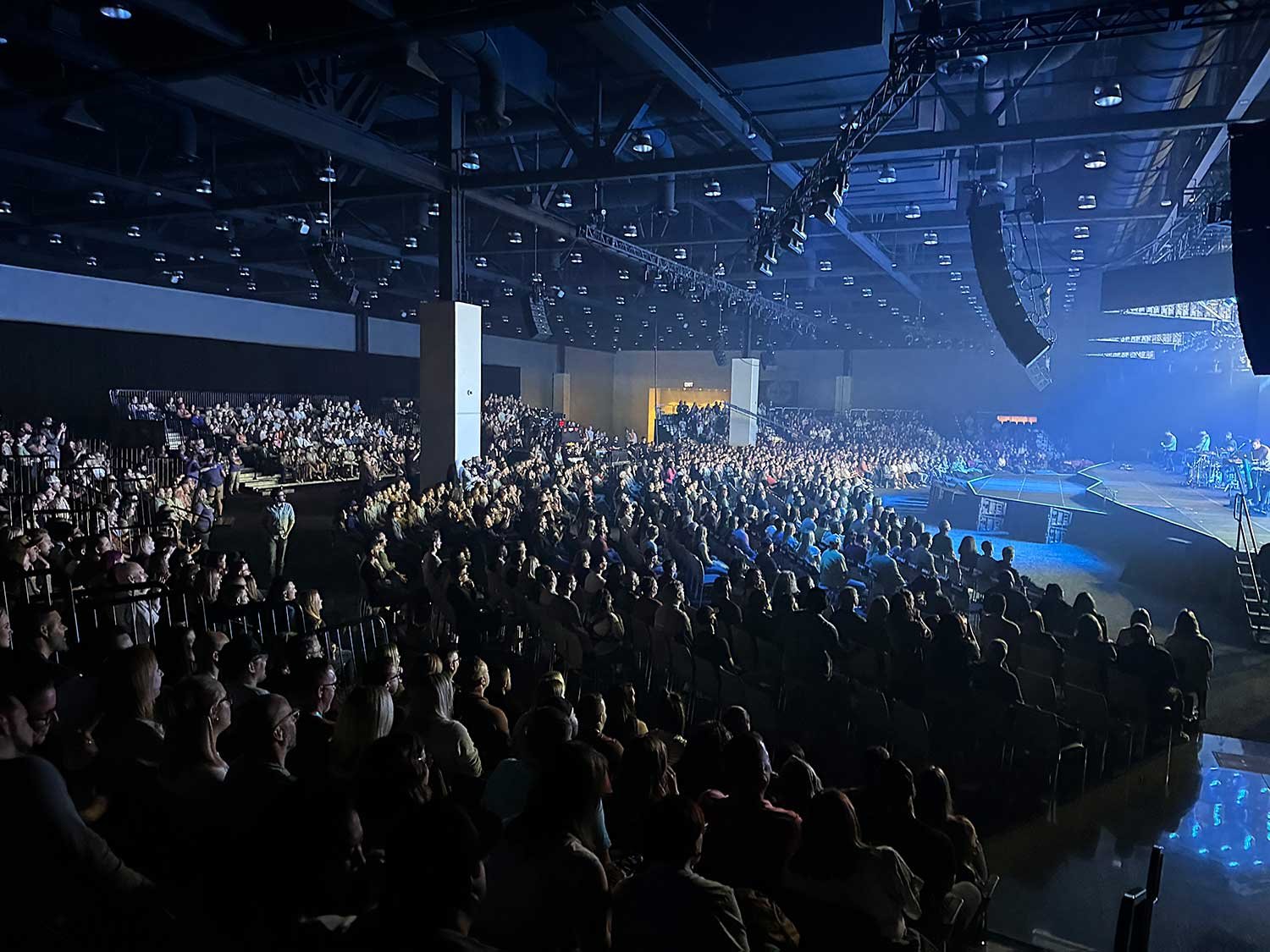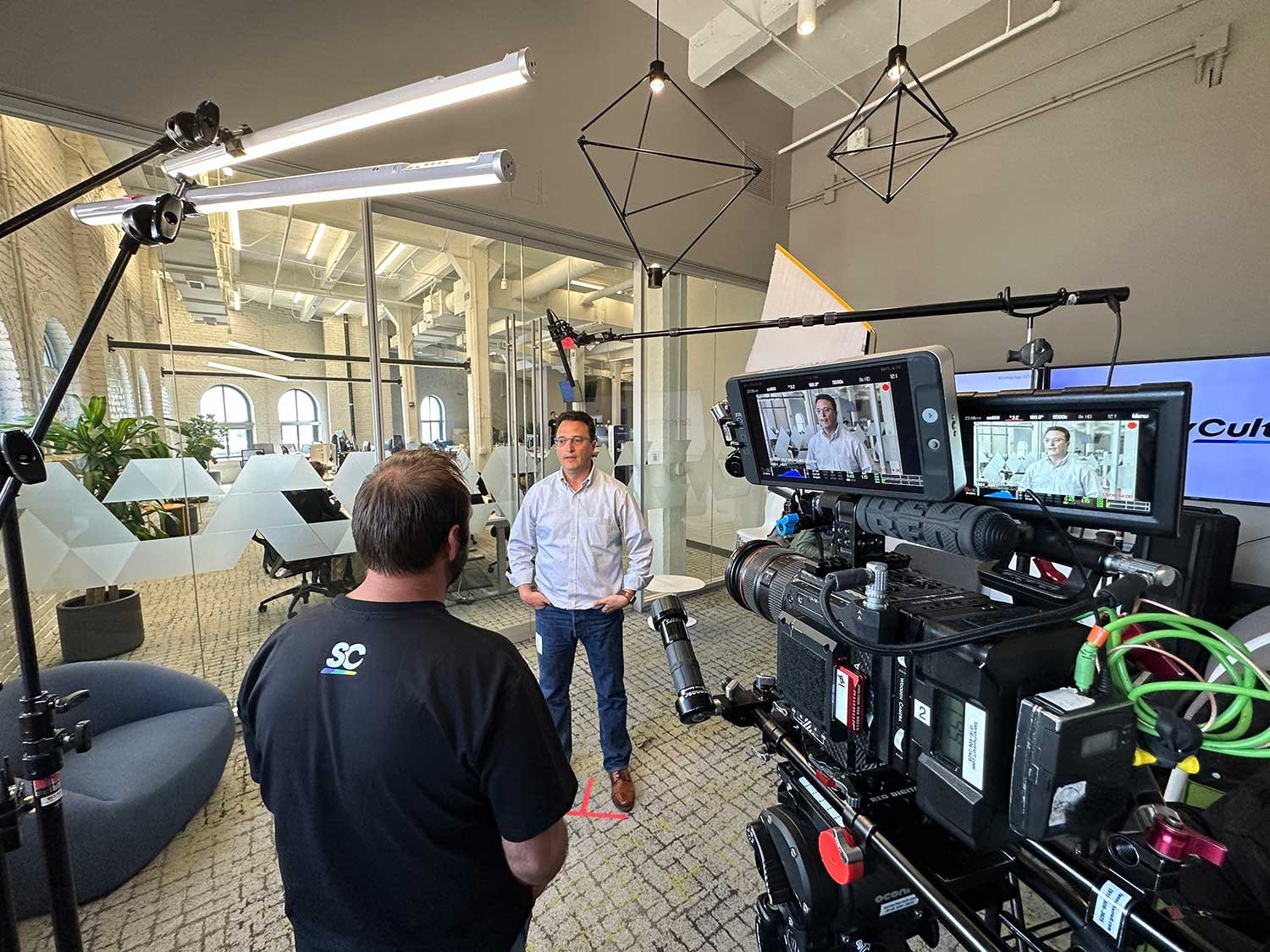Well, it had to happen at some point... I got sick and tired of looking at spreadsheets. At least for a day or two. I've learned to do some pretty fancy-pants math this past year with all the finance classes I've been in, and yet I still make a living behind a camera.
Truth be told, that living has gotten quite a bit thinner this past year. I'm sure there are plenty of reasons: businesses have tightened up their spending due to economic uncertainty, the ongoing writers' and actors' strikes, me being insanely busy with school, plus I could just be difficult to work with and terrible at how I provide for my family. There's also the grim reality that August is on average my slowest month work-wise and my monthly stock footage sales are down nearly 60% this year. It's all sunshine and roses over here if you can't tell.
I'm not typically on many narrative film & TV projects, and from previous writer's strikes, I'd assumed there'd be an uptick in reality TV work. I stayed crazy busy earlier this year on a couple different shows, but according to this PBS NewsHour piece, unscripted shows haven't necessarily been thriving.
It's a weird and crazy difficult time to be in this industry at the moment. I'd never seriously considered the MBA I was busting my tail to get to be some kind of professional parachute, but damn I'm glad to be picking up some new tools along the way.
Speaking of picking up some new tools, this MSNBC segment on the entertainment strikes was absolutely speaking my economics love language. Why on earth the presenter didn't mention YouTube's MONSTER amount of advertising revenue for 2022 is beyond me. Of the $77.7 billion in ad revenue listed on this dude's chart, YouTube's $29.2 billion was 201% more than the averages of the other five and 37.5% of the total. Essentially for every $1 the other providers got in ad revenue on average, YouTube got $3.01. Another way to think about it, for every $100 in advertising revenue, YouTube gets $38. That's freakin' bonkers.
The summer session just wrapped up last week and had me finishing out classes in Real Estate Finance and Financial Statement Analysis. Those two should be the last math and finance-heavy classes in my graduate program (unless St. Anne the Wife is game for me to go after my Masters in Finance too). Again, what I've been studying is on the opposite side in terms of helping me light a set or film a scene, but certainly helpful in polishing those business school superpowers I've been working on. I can tell you EXACTLY how much I'll have to pay back on my student loans and show you how to do the calculations.
This week starts the fall semester and I'll be in classes first dealing with Negotiation and Marketing Management, then Advanced Leadership and Organizational Behavior later in the semester. As long as everything goes to plan, I'll be done with my MBA in the spring.
Let me know if you want some help in calculating a loan payment or figuring out some short-term options with some idle cash. You could also hire me out as a filmmaker too.

